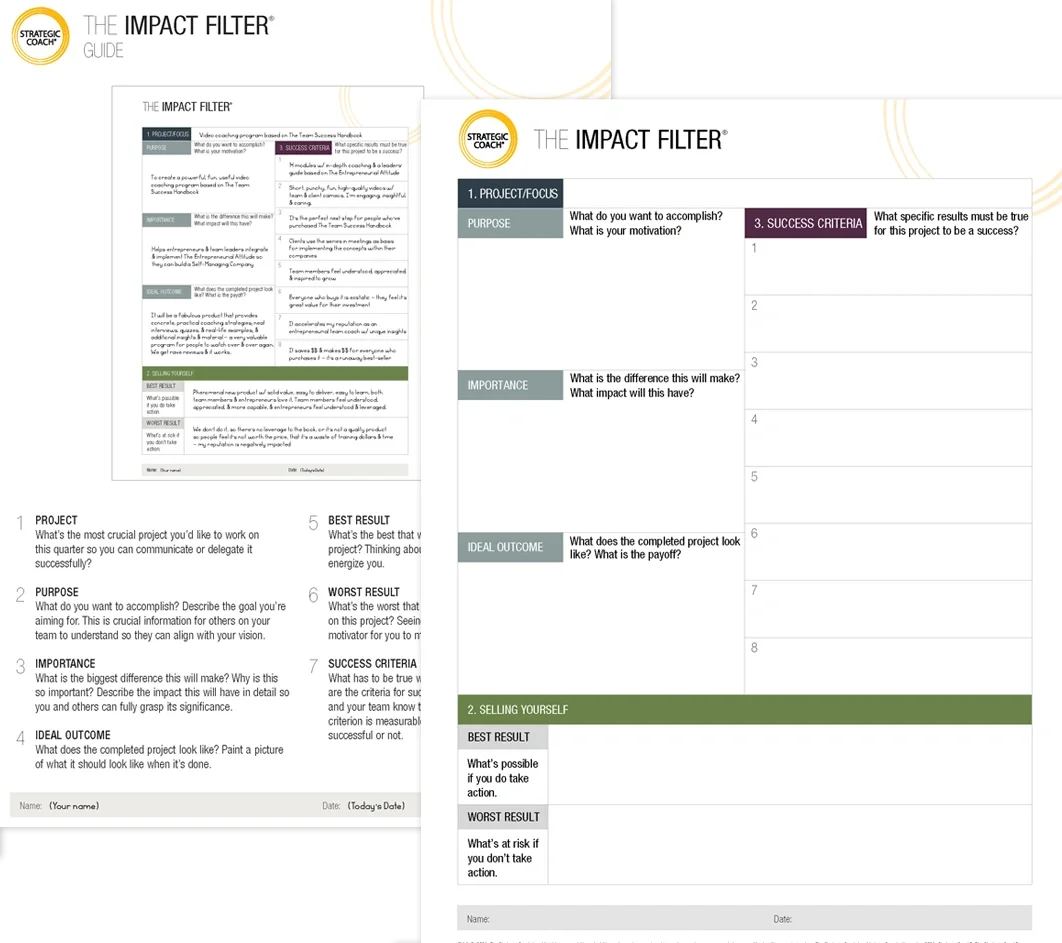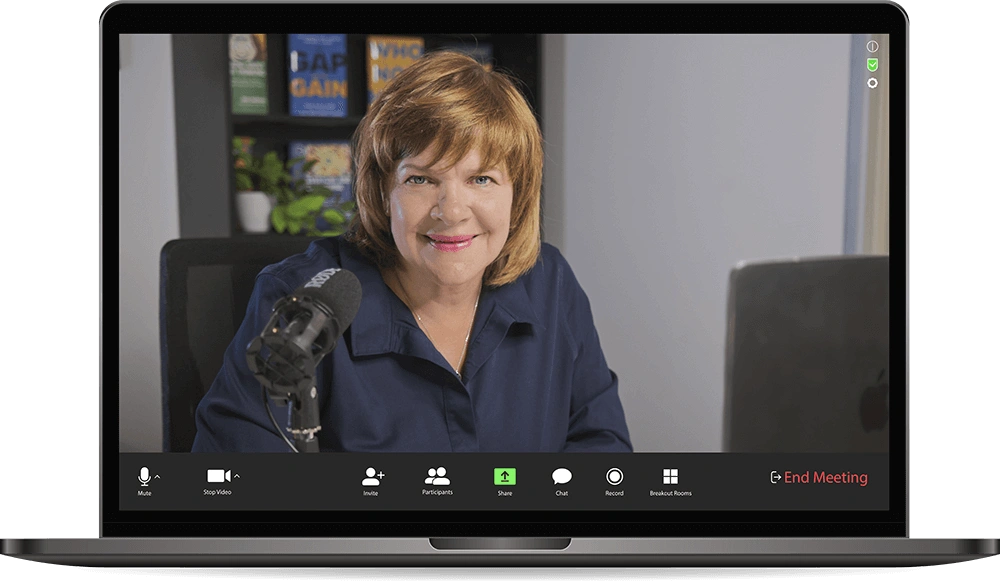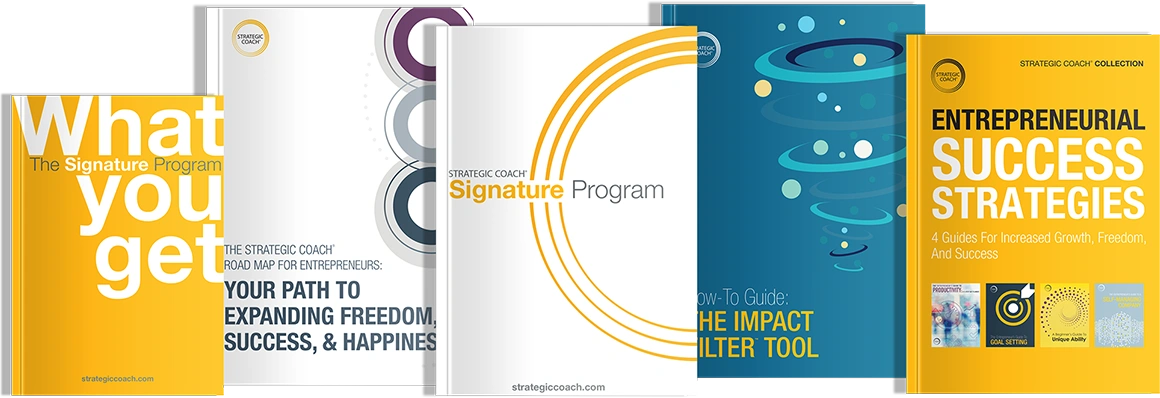Better Results, Less Friction: The Business Strategy Hiding In Your Processes
Are your processes starting to feel clunky, slow, or just plain frustrating?
Maybe you’re working on a project that used to move quickly, but now it feels like it’s stuck in molasses. Or you’re watching your team spin their wheels, unsure who’s doing what—or when.
That’s your cue: It’s time to take a fresh look at how things get done.
Entrepreneurs are constantly moving fast, adapting, and creating. But if you don’t pause to document how things get done, even your best ideas can get bogged down. And that’s why I’m here with a reminder:
Writing down your processes doesn’t slow you down. It’s how you speed up.
Let’s talk about how documenting and communicating your processes can simplify your projects, energize your team, and help you get the results you actually want—faster.
Why process clarity creates momentum (and confusion slows everything down).
It’s easy to assume we know what the process is—until things start falling through the cracks.
Whether it’s onboarding a new hire, updating a client deliverable, or handing off a marketing task, unclear steps create confusion, stress, and slowdowns. The result? Delays, missed handoffs, and frustration on both ends.
One of my favorite metaphors for this is a relay race. If you’ve got the wrong person in the wrong part of the race—or if you drop the baton—it doesn’t matter how fast you run. You’re not going to win.
That baton? It represents the clarity and trust in your handoff. And the most common failure I see in entrepreneurial teams is not a lack of effort—it’s unclear expectations about who’s doing what and when.
I worked on a hiring process recently where we shaved the timeline down from 12 weeks to three just by clearly mapping out steps, assigning the right people to the tasks, and setting time expectations. No fancy software. Just a clear list, a few smart questions, and a focus on improving how we pass the baton.
And it’s not just about efficiency—it’s about energy. I once had a rockstar team member hit a record number of sales in two weeks … and then tell me she never wanted to do it again. Why? Because every single sale took 24 separate steps. Together, we simplified it down to 12—and suddenly, she was eager to repeat that success.
That’s the power of defining your process: It turns overwhelm into opportunity. And it’s one of the smartest business strategies you can adopt to sustain growth while avoiding burnout.
How to simplify, document, and improve any process.
Here’s the best part: You don’t need a special tool or a process consultant to get started. You just need a pen, a piece of paper, and a little curiosity.
Start with three simple questions:
- What are the steps?
- Who is responsible for each step?
- What’s the timing? (How long should it take? What’s the deadline?)
Just mapping out your process, identifying the people involved, and agreeing on timelines can change everything.
Sometimes, the solution is as simple as switching out one person who’s lost interest in a task or upgrading a piece of tech that’s no longer working. You don’t need to burn everything down. Often, 60–80% of your process is already working. You just need to tweak the rest.
Here’s a bonus tip: Don’t do it alone. Invite others into the conversation. One of my favorite ways to streamline a clunky process is to bring in two or three smart minds—especially people with different perspectives. Ask:
- What’s taking too long?
- What’s annoying or confusing?
- Where are people getting stuck?
No blame. Just curiosity. Then, work together to co-create something better. It’s one of those foundational business strategies that will align your team, reduce friction, and fuel momentum.
Processes aren’t boring—they’re your business’s secret weapon.
When we think of improving a business, we often focus on new ideas, new strategies, or new tools. But sometimes, the biggest breakthroughs come from revamping what’s already there.
If there’s a process in your world that’s creating delays, confusion, or frustration, that’s your clue. That’s the one to focus on. Map it. Talk it through. Clarify the “whos,” “whats,” and “whens.”
I promise you—just one hour of process improvement can save you weeks of wasted energy later.
And don’t forget to celebrate the wins. Whether you shaved off steps, brought in the right person, or created something repeatable and enjoyable—that’s real progress. That’s real leadership. These small shifts often lead to the most scalable and sustainable business strategies.
So here’s your challenge: Pick one process this week and make it better. Because when you document and communicate your processes, you don’t just streamline your team.
You set your business up to move faster, grow stronger, and deliver more value.







